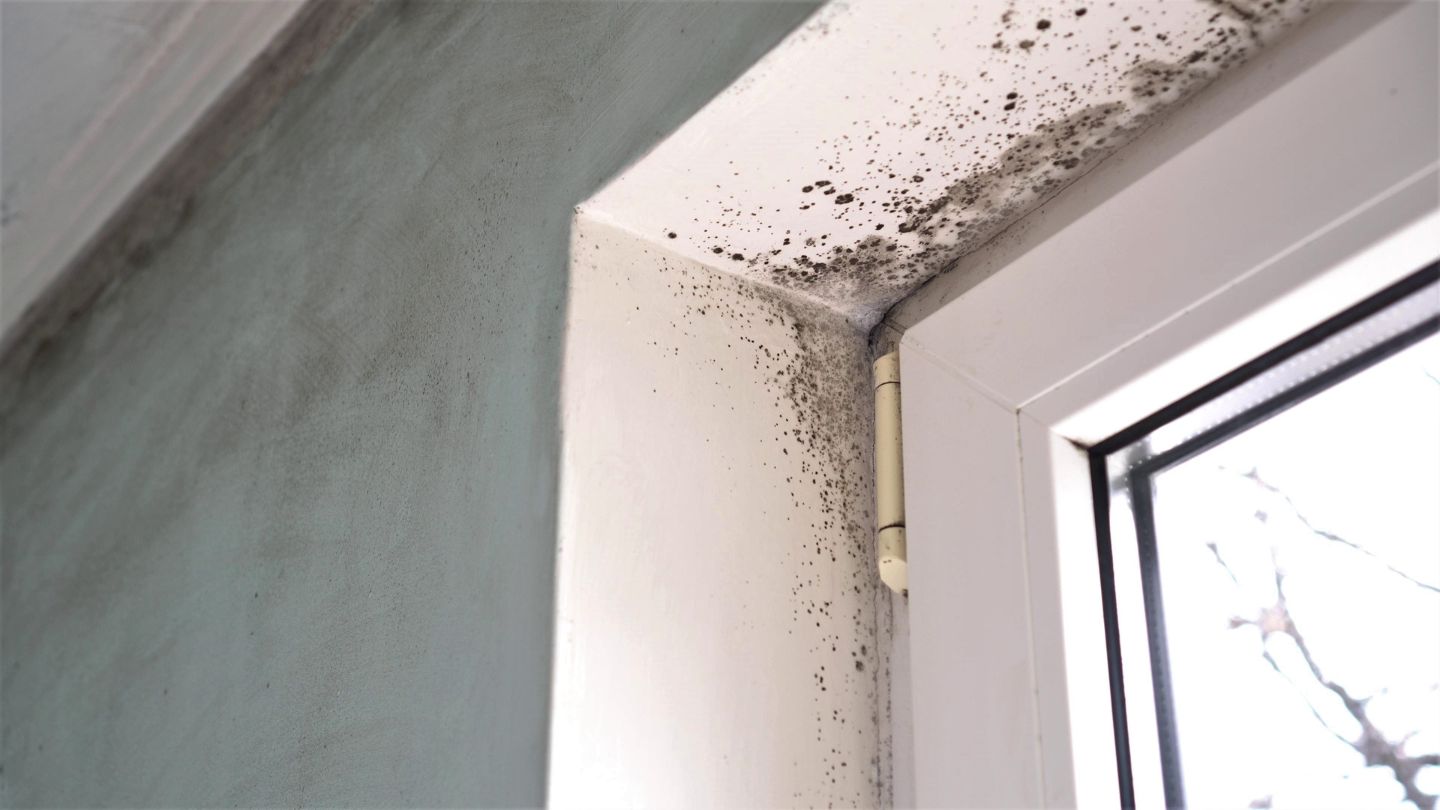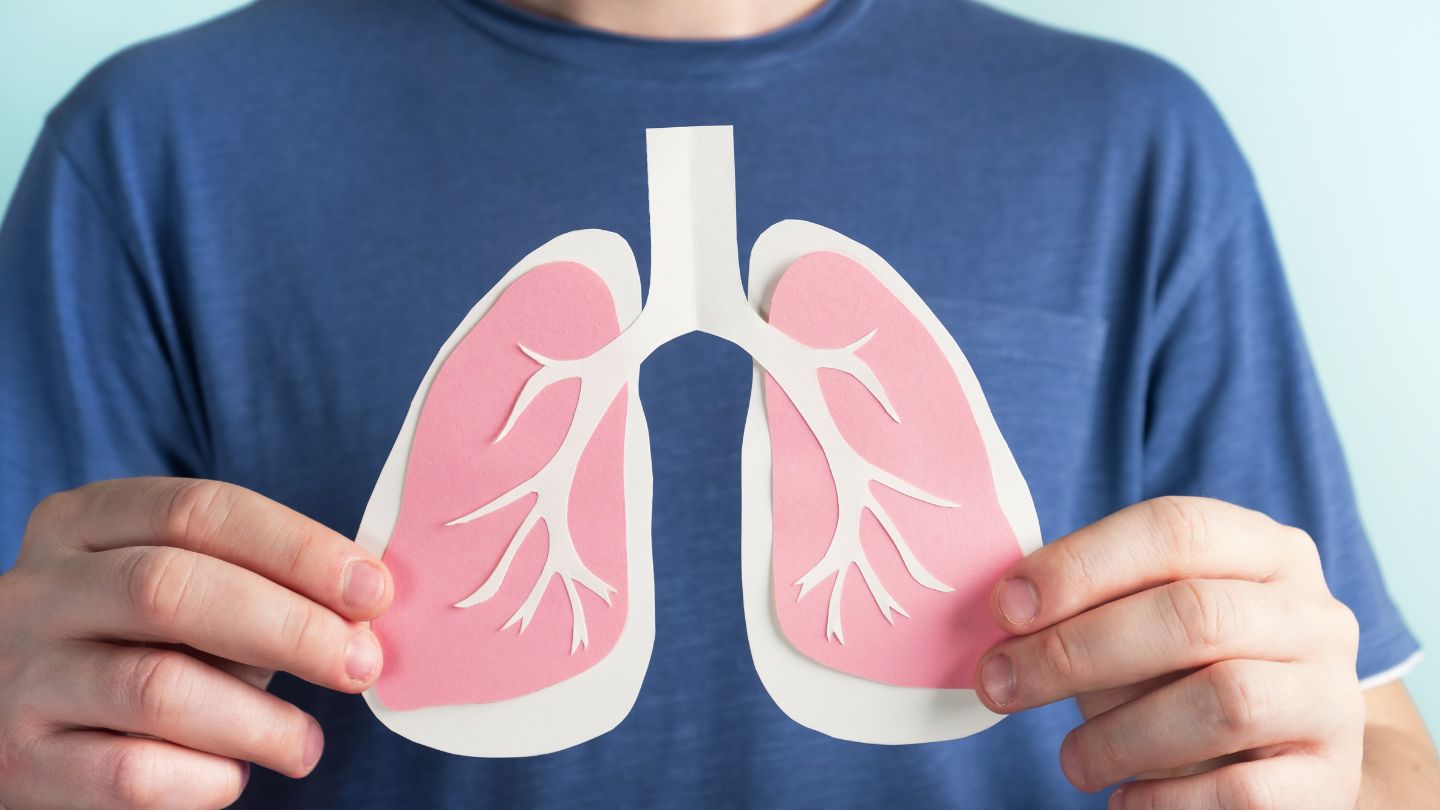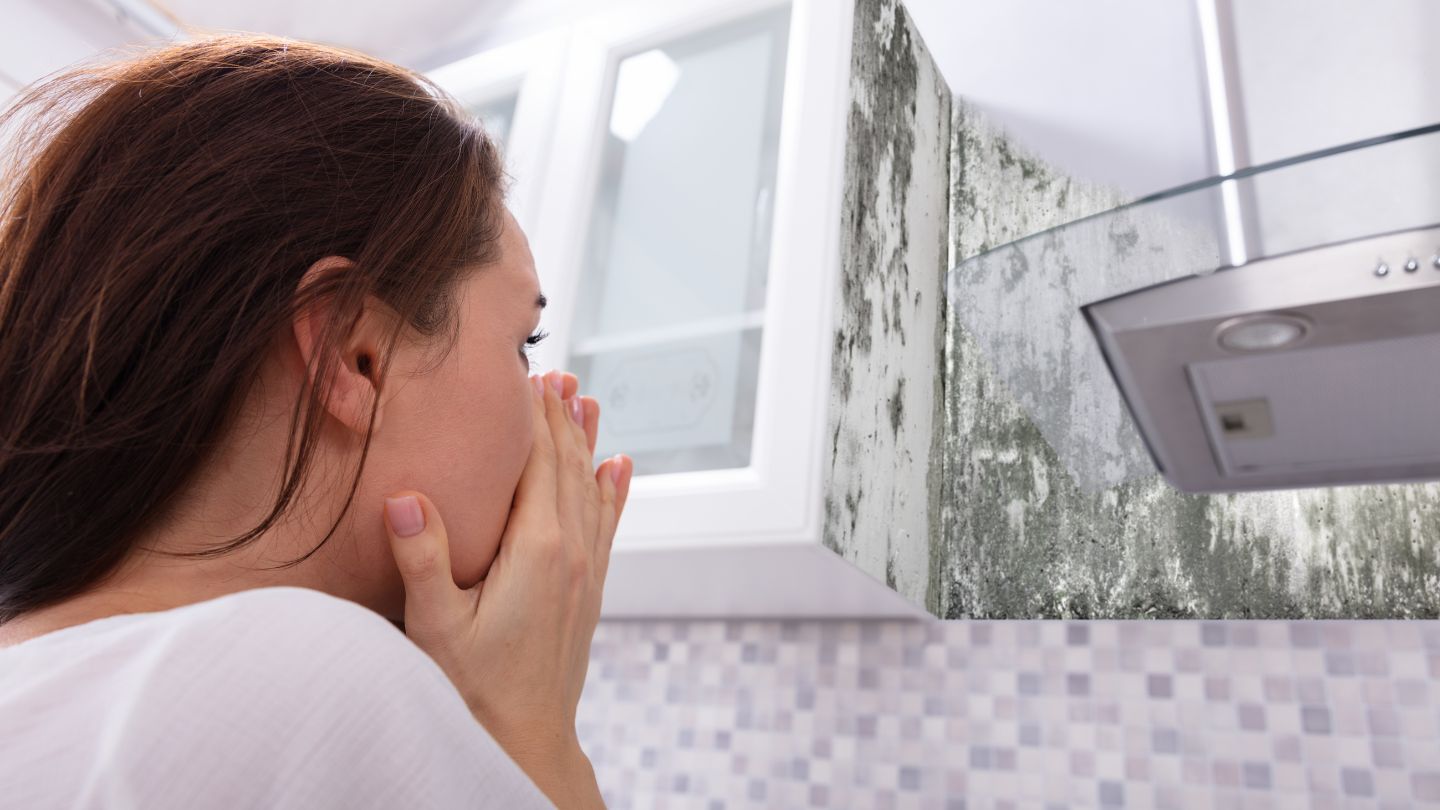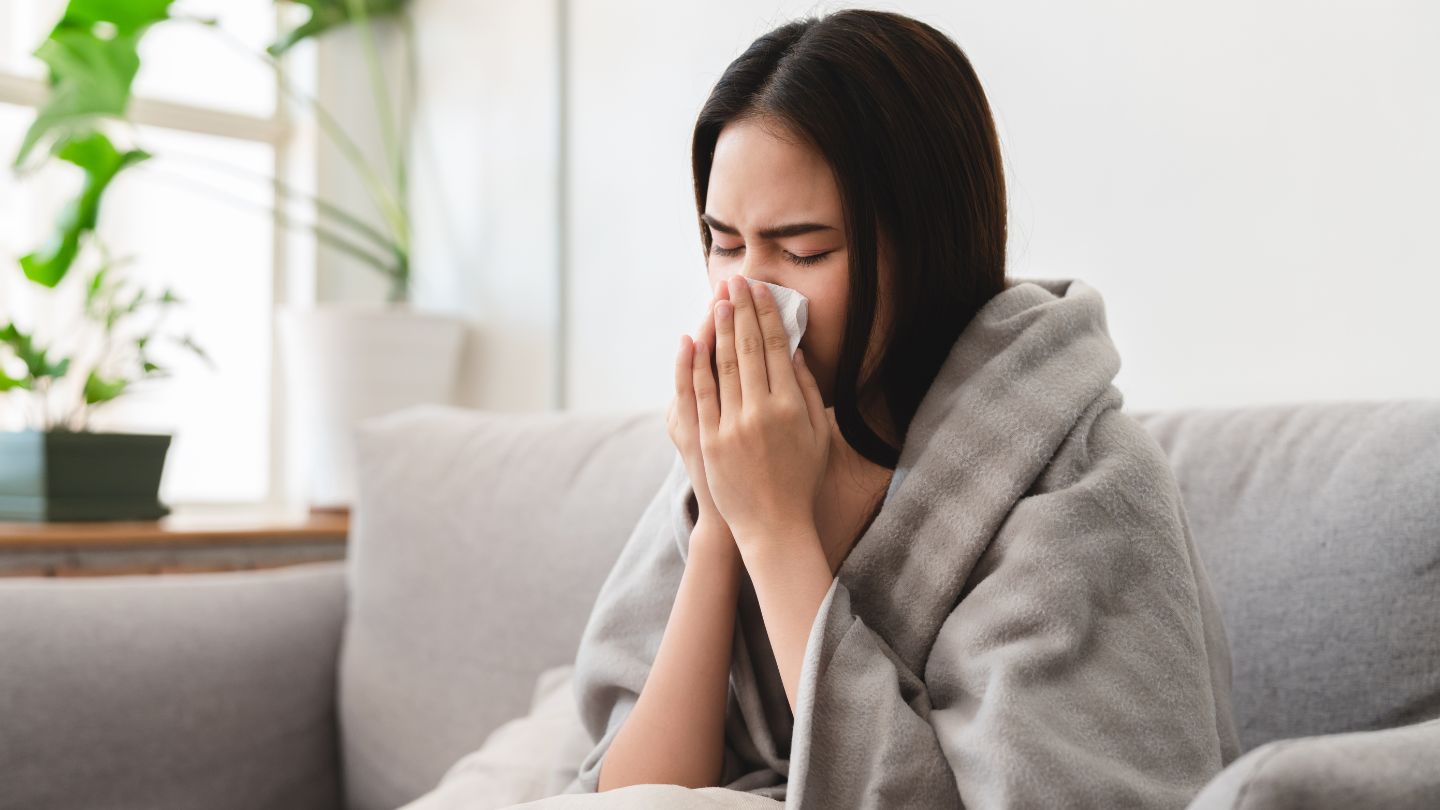Mold exposure can seriously impair your immune system, leading to allergies, respiratory issues, and even infections. When you breathe in mold spores, your immune system mounts a response that can cause these health problems, especially if you’re vulnerable. This blog explores exactly how mold exposure can affect your immune system, helping you understand the risks and necessary remedies.
Key Takeaways
- Mold exposure can lead to various health issues, particularly affecting individuals with compromised immune systems, respiratory conditions, and children.
- Mycotoxins produced by mold not only trigger allergic reactions but can also suppress immune function and lead to chronic health problems.
- Preventative measures, including maintaining indoor humidity levels and promptly addressing water damage, are essential in reducing mold growth and protecting health.
Understanding Mold Exposure
Mold, a common fungal species, is found almost everywhere where dampness and warmth are present. Notably, the Stachybotrys chartarum variety, or black mold, has gained infamy due to its potential to endanger health. Indoor areas such as kitchens, bathrooms, and basements typically offer perfect breeding grounds for molds owing to their higher moisture content. By managing these environmental factors effectively, one can hinder the spread of mold.
Ideal growth conditions for mold include warm environments with plenty of moisture. Maintaining indoor humidity levels between 30% and 50% works well in keeping molds at bay. Achieving this balance can prove challenging, especially in leak-prone or poorly ventilated spaces like attics or basements—thus, regular inspection and upkeep are essential.
One may encounter airborne microscopic spores from molds by simply breathing them in or through physical contact with the skin on moist surfaces, which potentially leads to various health complications, more acutely so for individuals already dealing with respiratory ailments or weakened immune systems.
It’s important to note that there exists a diversity among mold species regarding how much they impact human well-being: whereas certain types might be mostly harmless, other varieties, such as toxic black molds, produce harmful substances known as mycotoxins capable of serious harm necessitating precise identification within one’s surroundings when assessing risks involved along with remedial measures needed accordingly.
Health ramifications stemming from chronic exposure within high-moisture environs laden with mold have an accumulative effect. Often, even minor recurrent encounters over time amass enough negative influence, eventually manifesting into medical concerns. Swift acknowledgment followed by proactive responses becomes key to avoiding aggravated circumstances resulting from continued proliferation.
Immune System Reactions to Mold

Upon the entry of mold spores into our body, the immune system is triggered to engage in a protective response. This includes the production of antibodies targeted against inhaled mold spores, initiating an immune reaction that may be immediate for some individuals or delayed, developing hours or even days post-exposure.
Exposure to mold can lead to various allergic reactions ranging from minor symptoms such as sneezing and coughing to more severe outcomes like asthma attacks and hypersensitivity pneumonitis. People with existing conditions like asthma are particularly susceptible since mold spores and microbial volatile organic compounds (MVOCs) could intensify their symptoms through an exaggerated immune response involving IgE antibodies and mast cells releasing histamines that result in allergies.
The risk increases considerably for those with weakened immune systems. They tend not only to suffer heightened respiratory problems but also have increased susceptibility to infections due to impaired immunological defense mechanisms—albeit infections are uncommon among healthy individuals.
Hypersensitivity pneumonitis stands out as a significant inflammatory lung condition caused by inhaling mold spores. Its manifestations include fever, chills, and breathing difficulties. Blood tests, along with additional diagnostic measures, are valuable for recognizing this ailment alongside other issues prompted by molds so that suitable treatment strategies can be implemented.
Addressing molds engages various components within the intricate network of our immune system, including different cellular types and actions. For example, aspergillus—a well-known type of mold—can stimulate mast cells, releasing substances responsible for allergy-related signs due to subsequent inflammation-enhancing activities throughout the body after coming into contact with these allergens.
Understanding how we react immunologically to molds plays an essential role when dealing with health concerns associated with these fungi. Early detection of exposure indicators followed by seeking medical care helps lessen potential negative impacts on one’s well-being.
Mycotoxins and Immune Suppression
Mold is not solely responsible for allergic reactions. It also generates mycotoxins, which are toxic byproducts that can substantially weaken the immune system. These toxins, including aflatoxins and ochratoxins, interfere with the functions of immune cells and lead to a decline in immunological responses. This interference has the potential to decrease vaccine efficacy and increase vulnerability to illnesses.
Mycotoxins have a profound influence on the immune system as they promote oxidative stress. Aflatoxin exposure specifically results in oxidative harm that impairs immune capabilities. Similarly, deoxynivalenol introduces inflammation along with oxidative stress, which damages the structural integrity of the immune defense.
Long-term contact with mycotoxins may elicit inflammatory states alongside various health problems. Chronic exposures are linked with conditions such as leaky gut syndrome, where disruptions occur within intestinal barriers, allowing entry for toxins and pathogens into one’s circulation. The T-2 toxin exemplifies this issue through its duality—capable of both suppressing immunity or stimulating it contingent upon the dosage encountered.
Cytokine equilibrium disruption due to mycotoxin presence leads to a spectrum of either pro-inflammatory or immunosuppressive effects within an individual’s body chemistry, thereby potentially contributing to ailments ranging from chronic fatigue syndrome and joint discomfort up to more critical diseases like autoimmune encephalomyelitis.
Ultimately, understanding how our bodies interact significantly reveals just how extensive Mycotoxicosis’ reach extends beyond merely compromising our immunity—it poses numerous threats against overall well-being alike, thus highlighting the imperative importance behind both identification & reduction measures when considering sources capable of exposing us to these noxious compounds equally emphasizing roles mold prevention proper remediation play safeguarding respective health concerns associated with thereof.
Mold-Induced Inflammatory Responses
Exposure to mold doesn’t just have implications for the immune system. It also instigates substantial inflammatory reactions within the body. Mold has the capacity to establish colonies within an individual and maintain its effects over time. Even when not in a mold-infested space, these mycotoxins can continue to be produced, disrupting glutathione production and leading to oxidative harm that triggers inflammation.
The excessive generation of reactive oxygen species (ROS) associated with mold exposure causes damage at a cellular level across various tissues. This type of oxidative stress can present numerous symptoms like fatigue, difficulty focusing, joint pain, and headaches—all indicative of chronic inflammatory response syndrome (CIRS), which is potentially incapacitating if left unaddressed.
To recover from an illness caused by mold requires thorough healing across all impacted cells, tissues, and organs—a process entailing eradication of the fungus as well as remediation of any damage wrought by mycotoxins—and this recovery path may prove lengthy or complex.
Activation of innate immune cells commences upon their detection of toxins from molds. They play key roles in propagating the overall inflammatory cascade. Such immunological activity frequently results in irritation within nasal passages along with inflammation throughout mucous membranes—adding layers to already complex health challenges.
Grasping how one’s body responds inflammatorily after encounters with molds is fundamental for effectively dealing with conditions linked to such exposures. Addressing underlying causes while supporting natural restoration mechanisms within our systems lays out possible pathways toward mitigating harmful impacts stemming from contact with molds.
Impact on Respiratory Health

Exposure to mold poses a significant threat to the health of the respiratory system. The inhalation of mold spores, along with microbial volatile organic compounds (MVOCs) emanating from active mold growth, can result in irritation and inflammation within the respiratory tract. This may cause an array of symptoms, such as coughing fits, bouts of sneezing, and nasal blockages. For those living with asthma conditions, encountering molds can exacerbate their existing asthma issues by triggering more frequent and severe attacks.
Children are at increased risk when it comes to developing respiratory problems due to exposure to these fungi. Studies have drawn connections between encounters with MVOCs emitted from molds and higher rates of breathing-related complications like asthma flare-ups in younger populations. An upward trend is seen in episodes like overnight shortness of breath or professionally diagnosed cases correlating directly with greater levels of MVOC presence indoors.
It’s important not only to consider visible colonies but also to be aware that indoor air contaminated by unseen airborne MVOCs still represents a substantial hazard for lung health—underlining just how vital it is to identify any hidden fungus infestations promptly manage them correctly while striving to maintain superior interior atmospheric purity.
Chemical substances known as plasticizers found inside homes have been noted to potentially aggravate pulmonary discomfort, spur asthmatic reactions, and reiterate the imperative to execute extensive measures aimed at purification and safeguarding against ailments affecting lungs and bronchial pathways.
Awareness surrounding influences has critical implications for preventive strategies and intervention plans intent towards improving the quality of the indoor environment, mitigating risks associated with ensuring the sound condition of human systems, thus promoting general wellness productivity.
Read more: Mold vs. Fungus: Key Similarities, Differences, and Health Implications
Neurological and Cognitive Effects
Exposure to mold can lead to notable neurological and cognitive repercussions. Those who have been exposed to mold frequently exhibit symptoms akin to cognitive impairments, such as challenges with memory and problem-solving abilities. These symptoms can be quite troubling and may interfere with routine activities, underscoring the extensive impact of mold on health.
Mycotoxins, which are toxins produced by molds, are known for triggering neuroinflammatory reactions that can result in substantial neurological complications. They possess the ability to inflame brain cells and disrupt their normal functions, which could manifest as mental confusion or a decline in cognitive faculties. Such chronic exposure to mycotoxins has also been linked with exacerbating mood disorders, including anxiety and depression, potentially leading to additional declines in cognition.
The consequences of enduring exposure to both mold and its associated mycotoxins may include lasting damage manifesting as ongoing cognitive deficits along with signs of neurotoxicity. This persistent state not only diminishes an individual’s quality of life but also affects their capacity for employment or education purposes, as well as hindering everyday engagements.
Acknowledgment of how exposure influences the central nervous system is crucial for remediation efforts concerning these conditions involving one’s cognition, specifically from contact with molds. Early recognition coupled with proper medical care is essential in managing symptomatic experiences while striving toward enhanced well-being amidst potential disruptions imposed by mold-related problems affecting the nervous system.
Gastrointestinal and Skin Impacts
Exposure to mold can have a significant impact on the gastrointestinal tract, resulting in various disorders. One such condition is Small intestinal fungal overgrowth (SIFO), which is associated with the presence of mold within the intestinal region and underscores potential health risks from exposure to mold. Symptoms linked to SIFO caused by exposure to mold may involve gas, bloating, abdominal pain, and variability in stool consistency.
Conventional antifungal treatments like fluconazole or nystatin are often ineffective against molds that colonize the gastrointestinal system. This indicates a necessity for more tailored therapeutic approaches specifically designed for treating gut issues related to molds.
Mold contact doesn’t just affect internal systems. It can also lead to skin troubles upon direct contact with mold spores, causing allergic responses including rashes, itching sensation, and dermatitis – conditions that often present considerable discomfort and typically necessitate medical intervention.
It’s vital to address both digestive complications as well as dermal reactions induced by molds not only for local relief but also due consideration of overall health maintenance. Seeking professional healthcare assistance while endeavoring to prevent encounters with molds plays an essential role in enhancing one’s quality of life and wellness.
Read more: Does Mold Affect Pregnant Women and Infants?
Preventing Mold Growth and Exposure

It is essential to prevent mold growth and limit exposure to safeguard both your health and property. Maintaining indoor humidity levels below 60%, preferably between 30% and 50%, is a key measure for curtailing the development of mold. Employing exhaust fans during activities such as cooking or bathing aids in eliminating additional moisture at its origin. Using dehumidifiers proves particularly useful in home areas prone to dampness, like basements or bathrooms.
Encouraging better airflow with ceiling fans and ventilation can also assist in lowering moisture within your residence.
To avoid potential issues with mold, it’s critical to inspect regularly for water leaks from pipes and taps, promptly addressing any faults found.
Ensure good drainage surrounding your dwelling helps defend against flooding risks that could lead to heightened moisture levels indoors. Channeling excess water away from the foundation contributes significantly towards diminishing the chances of mold infestation. Sealing gaps near windowsills and doorways prevents external wetness from infiltrating your living spaces.
In instances where there has been recent water damage, prioritize conducting a prompt inspection for mold, ideally within one day. Early detection means less likelihood of considerable exposure risk and associated health consequences if left unchecked beyond this timeframe. Consider calling professionals after continuous leakage or standing puddles remain unaddressed for up to three days maximum.
Being vigilant about initial indicators of an issue involving molds – such as peculiar smells suggesting mustiness, discolored marks signifying leaking fluids, and apparent fungal presence might enable residents to confront these matters ahead of serious infrastructure harm occurs, not forgetting possible adverse effects on well-being comprehending what awaits behind walls before diving into significant reconstruction undertakings circumvents aggravation rooted troubles originally present.
Read more: What Helps Mold Spread Through Your Home?
Mold Remediation Process
The process of mold remediation is vital for the eradication and management of mold presence within your residence. It initiates with the containment of mold, where the area impacted is cordoned off to stop the dispersion of mold spores into unaffected sections of your home. This typically requires setting up physical barriers and utilizing negative air pressure systems to maintain a sealed environment.
The subsequent pivotal phase in remediation involves physically extracting pollutants from the premises. Materials such as heavily infested carpets, drywall, and insulation may need to be taken out. The objective here is to eradicate all discernible traces of mold along with any components that cannot be effectively cleaned or salvaged.
Following extraction, surfaces might receive an application of antimicrobial encapsulants designed to obstruct future proliferation on those surfaces. These treatments form a defensive layer that acts as a deterrent against re-colonization by mold spores. Such measures are indispensable for assuring that recurrence does not occur while keeping spaces secure and hygienic.
Throughout this process, stringent biosecurity tactics are maintained in order to thwart potential cross-contamination events. Utilizing protective gear for personnel involved and undertaking meticulous decontamination routines play critical roles in averting migration or dispersal scenarios involving viable spore particles across other zones within your dwelling space.
Engaging professional services provided by entities like Mold-B-Gone guarantees an exhaustive approach to resolving issues related to molds through certified expertise. Thus ensuring complete removal followed by restoration efforts aimed at safeguarding overall well-being within household environments post-remediation phases.
Read more: How Long Should I My Mold Remediation to Take?
When to Conduct a Mold Inspection
It is essential to carry out a mold inspection to ensure the indoor environment remains healthy and to avoid possible health concerns. Inspections are particularly important before major renovations, especially when there’s a previous record of water damage, as they can help spot any current mold issues that might get worse during renovations.
The first step in eradicating mold includes evaluating the affected areas to determine how far it has spread and locating the moisture source feeding its growth. A comprehensive assessment like this is vital for crafting an effective remediation strategy that tackles every facet of the problem at hand.
Indicators that suggest you should consider having a mold inspection include persistent musty smells, discoloration from water stains, and visible traces of mold. These inspections play an integral role in discovering concealed molds, which could present substantial health risks if not found promptly. Catching these early leads to quicker action being taken, minimizing both widespread infestations and potential adverse health effects.
In circumstances involving water-related incidents such as floods or significant leaks, it’s crucial to organize a timely mold inspection since molds can start proliferating within one day after exposure. Delaying beyond 48-72 hours exacerbates the necessity for scrutiny largely because prolonged dampness encourages rapid multiplication by fungal elements.
Conducting regular checks for molds ensures your living spaces remain conducive by nipping budding problems in their infant stages — thereby keeping homes secure while curbing hazards associated with mycological proliferation on well-being.
Read more: Top Questions to Ask During a Professional Mold Inspection and Why They Matter
Protecting Your Health from Mold Exposure
Understanding the profound impacts of mold exposure on your immune system, respiratory health, and overall well-being is the first step toward protecting yourself and your loved ones. Mold not only contributes to allergies and infections but can also lead to chronic conditions if left unaddressed. Taking preventive measures, like managing indoor humidity and promptly addressing water damage, is essential to limiting mold growth and safeguarding your health.
If you suspect mold in your home, trust Mold-B-Gone, a leading Mold Removal Company in Atlanta, to help restore your space and peace of mind. With a proven record of expertise in mold remediation and prevention, we offer tailored solutions to tackle mold issues effectively, alongside services such as crawlspace encapsulation, duct cleaning, eviction clean-outs, and whole-house and room sanitizing. Contact us today and take the first step toward a healthier, mold-free environment.
Frequently Asked Questions
When is it recommended to conduct a mold inspection?
It is advisable to conduct a mold inspection before any major renovations, particularly in homes with a history of water damage. This proactive approach helps ensure a safe and healthy living environment.
What does the mold remediation process include?
The mold remediation process involves mold containment, the physical removal of contaminants, and the application of antimicrobial encapsulants to ensure a safe environment. It is essential to address these aspects thoroughly to eliminate mold effectively.
Where is mold commonly found in a home?
Mold is commonly found in moist areas of a home, such as bathrooms, kitchens, and crawlspaces. It thrives in environments with high humidity and poor ventilation.
What can be done to control mold growth indoors?
To control mold growth indoors, regularly inspect for water leaks, ensure proper ventilation in moisture-prone areas, and utilize air conditioners or dehumidifiers to maintain humidity levels below 60%. Taking these steps will significantly reduce the risk of mold proliferation.

